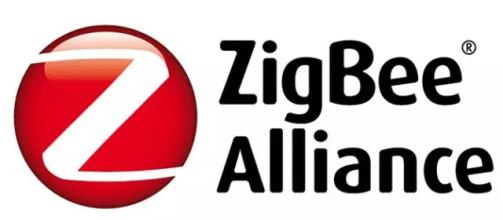The International ZigBee Alliance is a rapidly growing non-profit industry organization that includes internationally renowned semiconductor manufacturers, technology providers, technology integrators, and end users. The Alliance has developed a network application specification based on IEEE 802.15.4 with high reliability, cost-effectiveness, and low power consumption. The alliance is committed to promoting ZigBee around the world, making it the leading wireless networking, sensing and control standard for appliance, energy, residential, commercial and industrial applications.

The main goal of the ZigBee Alliance is to provide consumers with more flexible and easier-to-use electronic products by adding wireless network capabilities. ZigBee technology can be integrated into all kinds of electronic products, and its application range spans markets in the civil, commercial, public utility and industrial sectors worldwide. The alliance members can use ZigBee, a standardized wireless network platform, to design simple, reliable, economical and power-saving products.
The focus of the ZigBee Alliance is to establish a network, security, and application software layer, provide coordination and interoperability testing specifications for different products, promote the ZigBee brand around the world and strive for market attention, and manage the development of technology.

The ZigBee Alliance's formulation of the ZigBee standard: The IEEE 802.15.4 physical layer, MAC layer, and data link layer standards have been released in May 2003. The ZigBee network layer, encryption layer, and application description layer have also been developed. The development of the Vl.0 version has already been released, and other application areas and related device descriptions will be released one after another. Since the IEEE only deals with low-level MAC layer and physical layer protocols, the ZigBee Alliance standardized its network layer protocols and APIs. Full protocol is used for the 4KB of a basic module that can be directly connected to a device or 32KB as a hub or router coordinator, each coordinator can connect up to 255 modules, and several coordinators can form a network, There is no limit to the number of route transmissions. The ZigBee Alliance has also developed a security layer to ensure that such portable devices do not accidentally leak their logos, and that such long-distance transmission using the network is not obtained by other modules.
In order to further improve the interoperability between IoT devices, the ZigBee Alliance announced on November 25, 2014 that its wireless standard was uniformly named ZigBee 3.0. The ZigBee 3.0 standard meter technology further enables seamless communication between different devices, including home automation, lighting, energy management, smart home appliances, security devices, sensors, and healthcare monitoring products. It also supports easy-to-use DIY devices and professional installation systems. ZigBee 3.0 based on the IEEE 802.15.4 standard operating at 2.4 GHz (global frequency) uses a ZigBee PRO network to provide reliable communications for the smallest, lowest power devices.
The release of the ZigBee 3.0 standard will expand the alliance’s leadership in the IoT field while continuing to provide the foundation for innovative products and services in smart homes, connected lighting, and other high-growth markets.
It is reported that ZigBee 3.0 is currently in the testing phase. Many alliance members such as Kroger, Legrand, NXP, Philips, Schneider Electric, Texas Instruments and Deloitte have actively participated in the development and testing. The draft standard has been introduced for members of the ZigBee Alliance and is expected to be approved in the fourth quarter of 2015.
Lcd Tonch Screen For Iphone 6,Lcd Display For Iphone 6Sp,Mobile Lcd For Iphone 6Sp,Lcd Touch Screen For Iphone 6S
Shenzhen Xiangying touch photoelectric co., ltd. , https://www.starstp.com
